Understanding the Cover Letter What is it?
A cover letter is a crucial document that accompanies your resume when applying for a job. It serves as a personalized introduction, allowing you to highlight your skills, experiences, and enthusiasm for the specific role and company. Unlike a resume, which provides a summary of your qualifications, a cover letter offers the opportunity to tell a story, explaining why you’re the perfect fit for the position and what you can bring to the table. Think of it as your chance to make a strong first impression and convince the hiring manager to read your resume with interest. A well-crafted cover letter can significantly increase your chances of getting an interview, making it an indispensable part of any job application strategy. It demonstrates your communication skills, attention to detail, and genuine interest in the opportunity.
Key Components of a Cover Letter
A compelling cover letter is structured strategically to maximize its impact. Several key components work together to create a persuasive and professional document. Each section plays a vital role in conveying your message and showcasing your suitability for the role. Ensuring that all these components are present and well-executed can be the difference between getting your foot in the door and your application getting overlooked. By understanding the purpose of each part and crafting them thoughtfully, you can create a cover letter that stands out from the crowd and helps you land your desired job. Let’s delve into the specific elements that make up a winning cover letter, from the header to the closing remarks.
Header Section
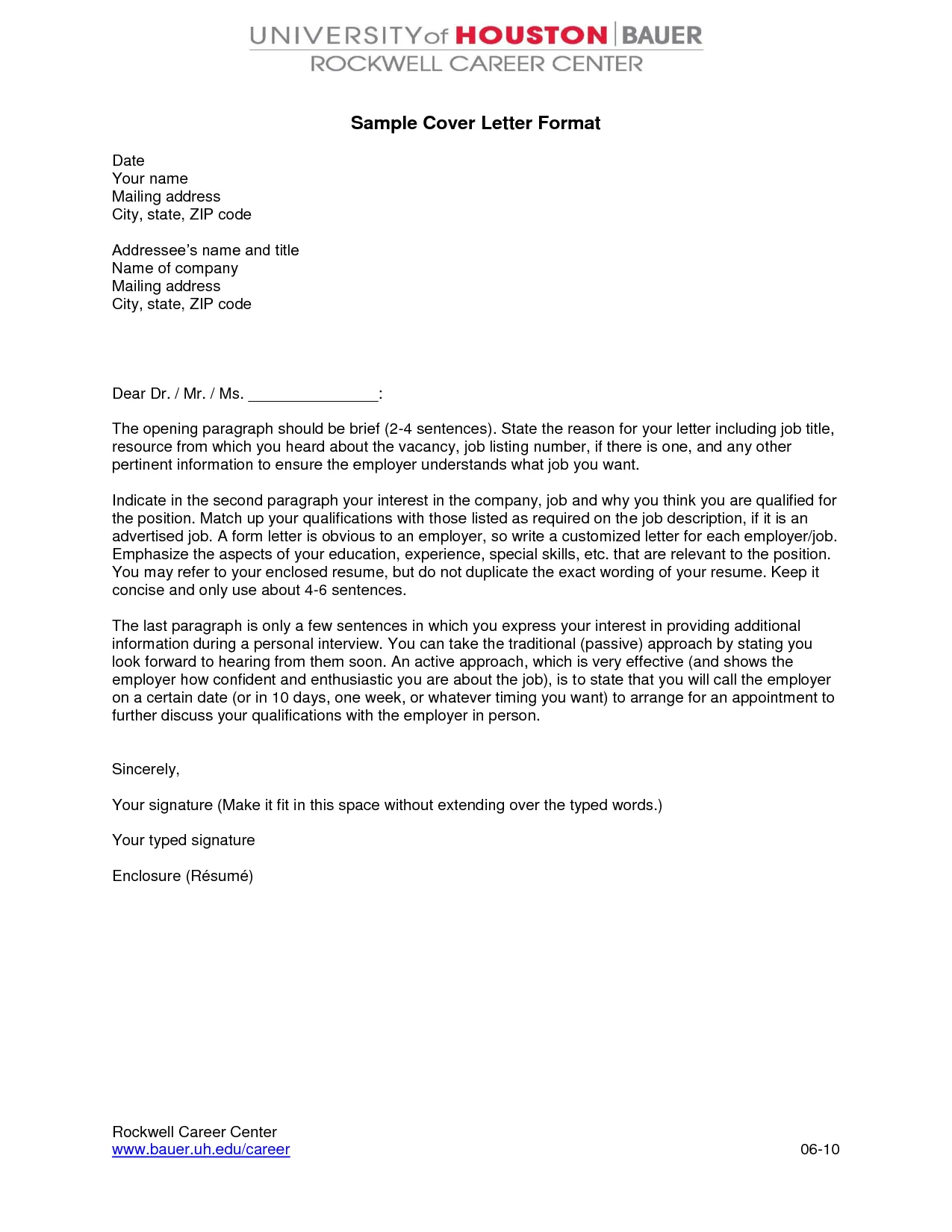
The header of your cover letter is the first thing a recruiter sees, so it should be neat, professional, and easy to read. Start with your full name, followed by your contact information. This typically includes your phone number, email address, and optionally, your LinkedIn profile URL or personal website. Place this information at the top left or right corner of the document, or center it for a more formal look. The header establishes your identity and provides the hiring manager with the necessary details to contact you. Always double-check the accuracy of your contact information to ensure that potential employers can easily reach you. A well-designed header sets the tone for the entire letter, conveying professionalism and attention to detail.
Contact Information
As mentioned, your contact information within the header is essential. Make sure to include your current phone number, as this is often the quickest way for employers to reach you for an interview. Provide a professional-sounding email address; avoid using informal or outdated email addresses. Consider including a link to your LinkedIn profile, as it allows the hiring manager to learn more about your professional background and connect with you. Ensure your LinkedIn profile is up-to-date and reflects the information in your resume and cover letter. If you have a personal website or online portfolio showcasing your work, you may also include a link to it.
Date and Recipient Information
Following your contact information, include the date. Write the date the cover letter is sent, typically at the top of the page. Next, address the recipient. If possible, find the name of the hiring manager or the specific person who will be reviewing your application. Addressing the letter to a specific person shows that you’ve taken the time to research the company and the role, which makes a positive impression. If you cannot find a specific name, you can use a general salutation like “Dear Hiring Manager” or “Dear [Department Name] Team.” Below the date, include the recipient’s name, title, and the company’s name and address. This section ensures the letter is directed to the right person and highlights your attention to detail.
Salutation
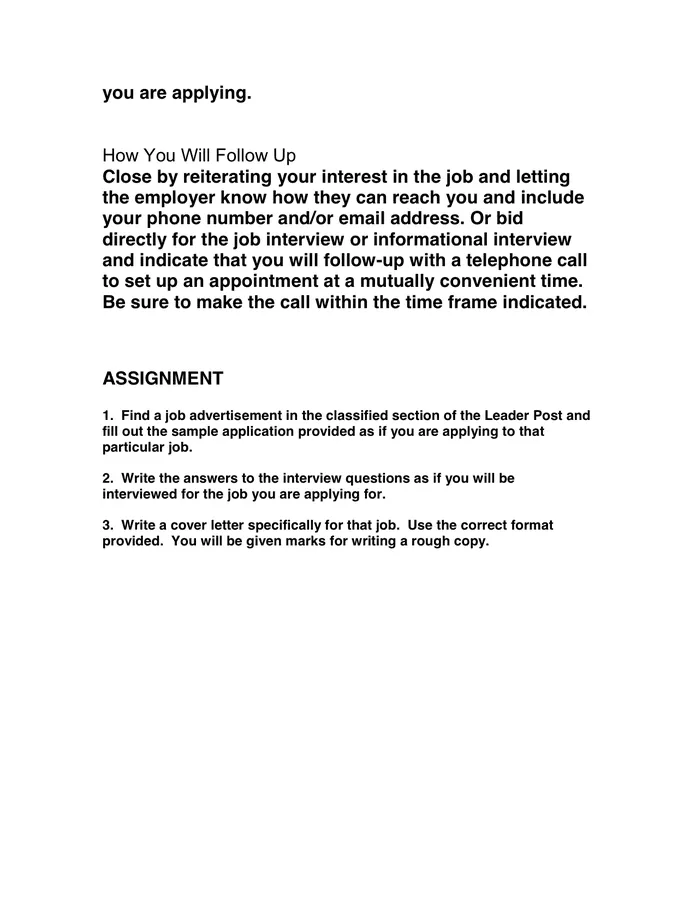
The salutation is how you greet the recipient. Use “Dear [Hiring Manager’s Name],” if you know the person’s name. If you don’t know the name, use “Dear Hiring Manager” or “Dear [Department Name] Team.” Avoid generic salutations like “To Whom It May Concern” or “Dear Sir/Madam,” as they can appear impersonal. If the job posting specifies a particular person, always use that name. Ensure you spell the name correctly to show respect and attention to detail. The salutation sets the tone for the rest of the letter; a personalized greeting makes a better first impression than a generic one.
Body Paragraphs
The body of your cover letter is where you make your case for why you are the ideal candidate. It should be concise, well-organized, and tailored to the specific job and company. The body typically consists of three main paragraphs, each serving a distinct purpose. The first paragraph should grab the reader’s attention and state your purpose, the second paragraph should highlight your qualifications and skills, and the third paragraph should offer a call to action. The body is your chance to showcase your personality, demonstrate your understanding of the role, and explain why you are the perfect fit for the position.
First Paragraph Grab Attention
In the first paragraph, state the position you are applying for and how you learned about it. Show enthusiasm for the opportunity. Briefly mention why you are interested in the company and the role. Instead of simply restating information from the job posting, try to make it unique. For example, you could begin by mentioning something that sparked your interest in the company or the role. You can also mention a key accomplishment relevant to the job. The goal is to grab the reader’s attention from the start and make them want to continue reading your letter.
Second Paragraph Show Value
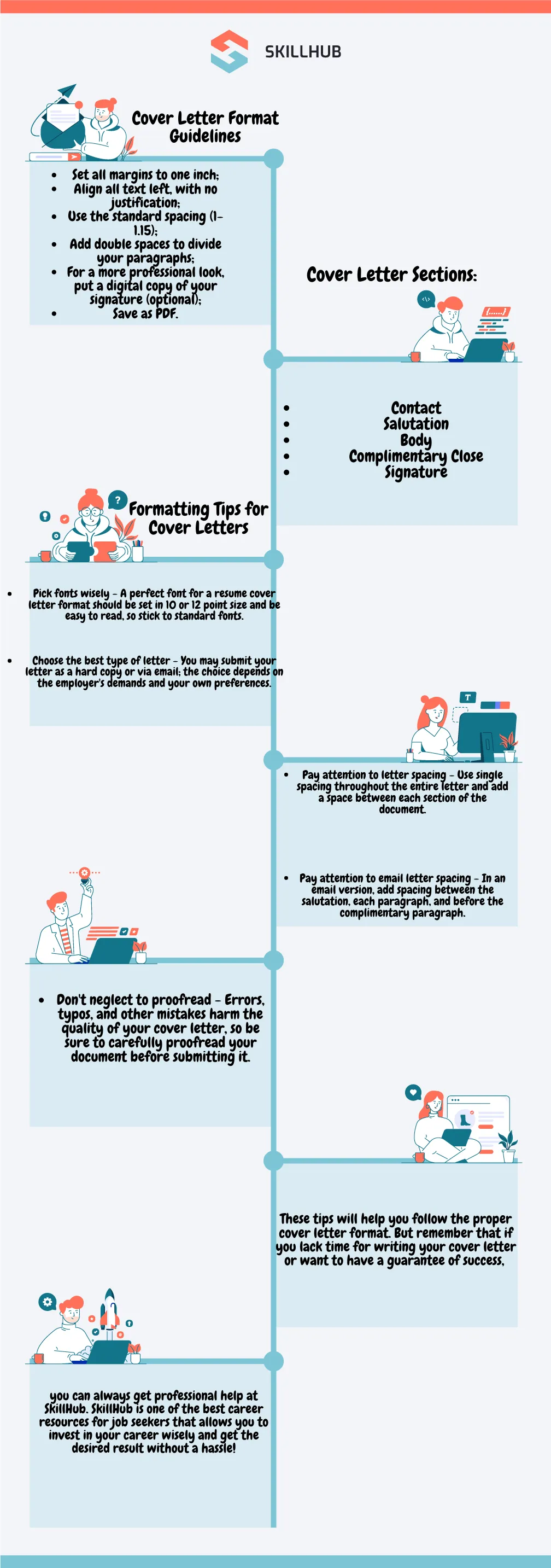
The second paragraph is where you highlight your relevant skills and experiences. Use this section to demonstrate how your qualifications align with the job requirements. Focus on the skills and experiences that are most important to the role. Provide specific examples of your achievements and how you have used your skills to succeed in the past. Quantify your accomplishments whenever possible to show the impact you’ve made. Tailor this paragraph to the job description; emphasize the qualifications and skills that the company specifically mentions. Your goal is to convince the hiring manager that you possess the necessary skills to excel in the role.
Third Paragraph Call to Action
In the third paragraph, summarize your interest in the role and reiterate your enthusiasm. Express your confidence in your ability to contribute to the company. End with a call to action, inviting the hiring manager to contact you for an interview. Thank them for their time and consideration. This paragraph should reinforce your interest and leave a positive impression. Restate how your skills and experiences make you an excellent candidate for the position. Always express your willingness to discuss your qualifications further and your eagerness to learn more about the opportunity.
Closing Paragraph
The closing paragraph is crucial for leaving a lasting impression. It should be brief and professional, reiterating your interest and providing a clear call to action. It’s your last opportunity to convince the hiring manager that you are the right fit. Always end your cover letter with a strong closing statement to reinforce your candidacy and leave a positive impression.
Complimentary Close
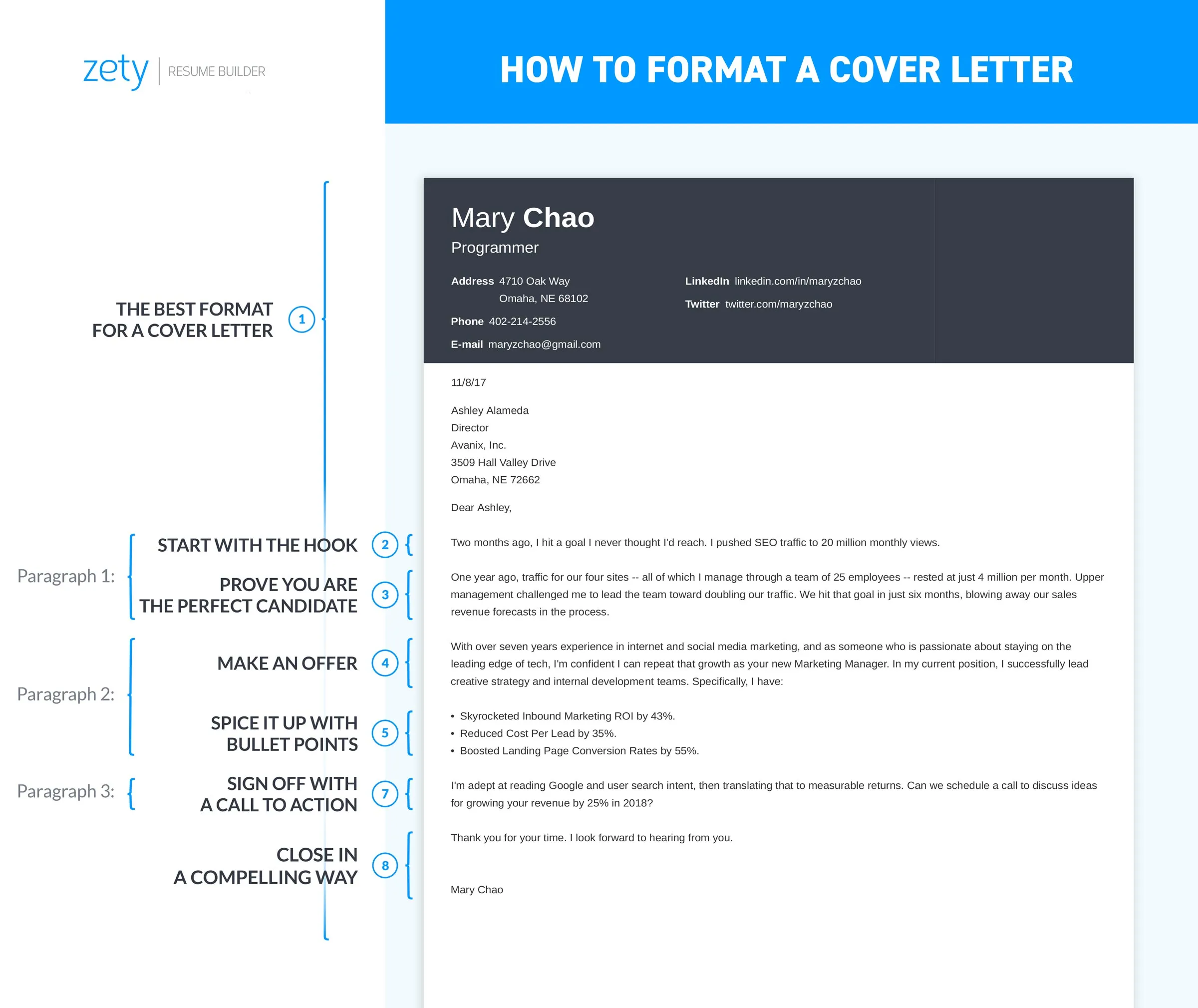
Choose a professional closing, such as “Sincerely,” “Best regards,” or “Thank you for your consideration.” Avoid overly casual closings. Your closing should reflect the tone and formality of your cover letter. It should also be appropriate for the company’s culture. “Sincerely” and “Best regards” are generally safe and professional choices. Maintain consistency in your tone and style throughout the entire letter to show professionalism.
Signature
If you are sending a digital cover letter, type your full name below the closing. If you are printing and mailing a physical cover letter, leave space for your handwritten signature above your typed name. Your signature adds a personal touch. Ensure your signature is legible and professional. This final step completes the cover letter, conveying both your professionalism and attention to detail.
Formatting Your Cover Letter
The formatting of your cover letter is just as important as its content. Proper formatting ensures that your letter is easy to read, visually appealing, and professional-looking. Poorly formatted letters can distract the reader and detract from the content. Using standard formatting guidelines helps ensure that your cover letter is well-organized and reflects your attention to detail. The right formatting can significantly impact the overall impression your cover letter makes on a hiring manager, making it a key factor in your job search. Consider the font, margins, and spacing to create a professional-looking document.
Font and Font Size
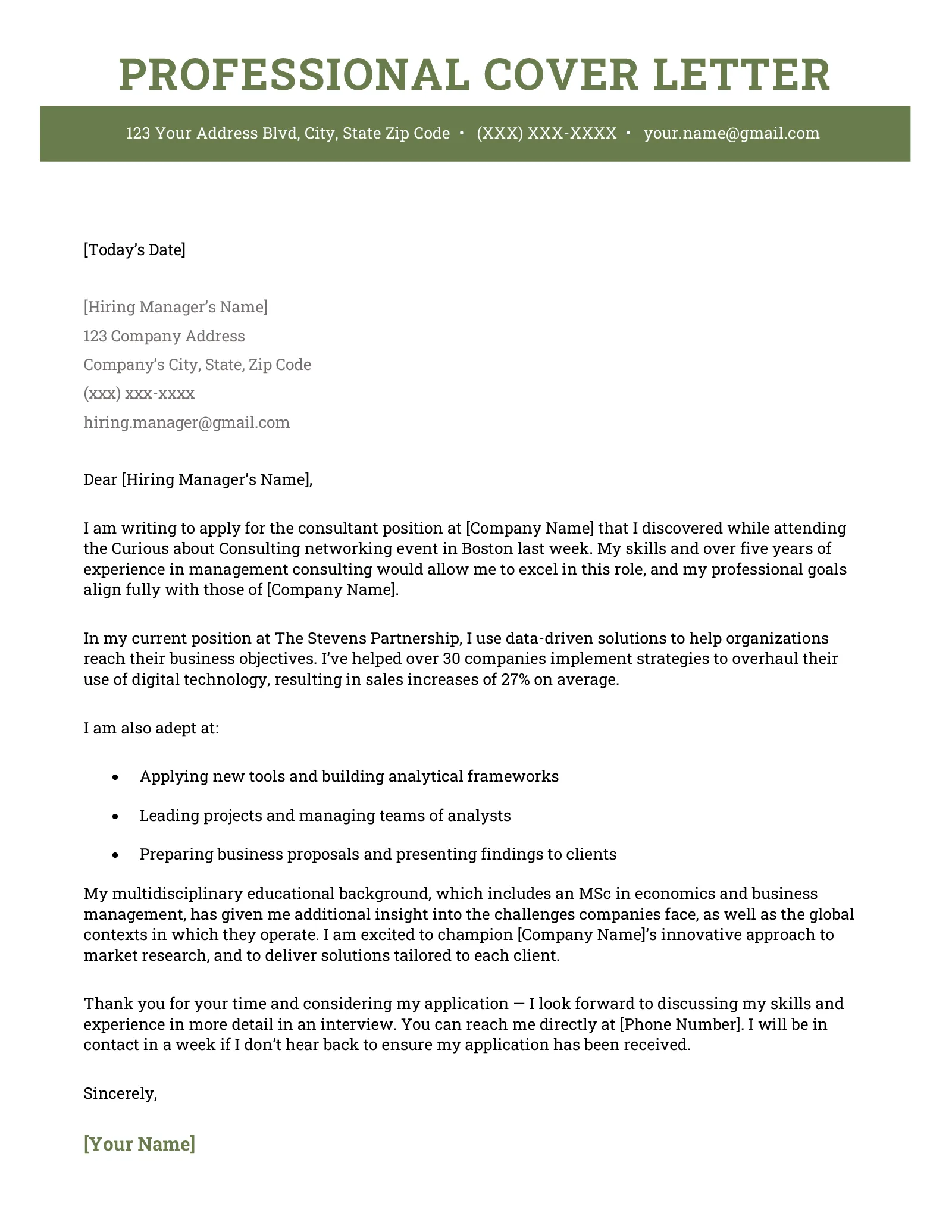
Choose a professional and easy-to-read font, such as Times New Roman, Arial, or Calibri. Maintain a consistent font throughout the entire cover letter. The recommended font size is typically 11 or 12 points. This size is comfortable to read on both the screen and when printed. Avoid using decorative or overly stylized fonts, which can make your cover letter appear less professional. Choosing a clear, readable font ensures that the reader can easily follow your content. It is vital to select a font that projects a professional image.
Margins and Spacing
Use standard one-inch margins on all sides of your cover letter. This provides enough white space, making the document visually appealing and easier to read. Double-space between paragraphs to provide visual separation and make your content more digestible. Avoid overcrowding the page. Ensure that the text is not too close to the edges. Proper spacing creates a clean and professional look. It makes the content more accessible and improves readability. Well-formatted margins and spacing are vital in making your cover letter look polished.
Proofreading and Editing
Proofreading and editing your cover letter is the final step in ensuring its quality. Always proofread your cover letter multiple times for any grammatical errors, spelling mistakes, and typos. Ask a friend or family member to review it. Fresh eyes can often catch mistakes you might have missed. Ensure that the formatting is consistent and that all sections are in the correct order. Check for any inconsistencies in tone or style. The cover letter is your first impression, so it should be flawless. Use grammar and spell-check tools, but don’t rely solely on them; human review is essential. A well-edited and error-free cover letter demonstrates your attention to detail.
